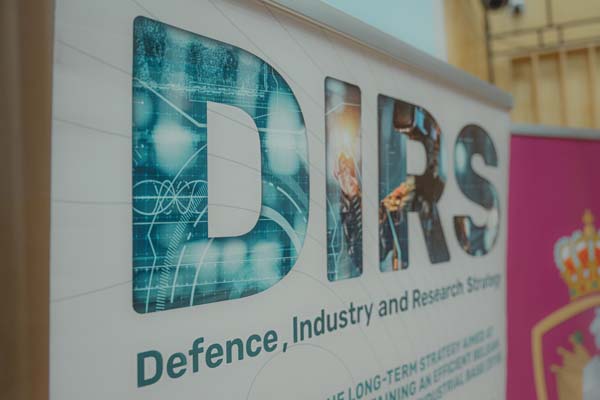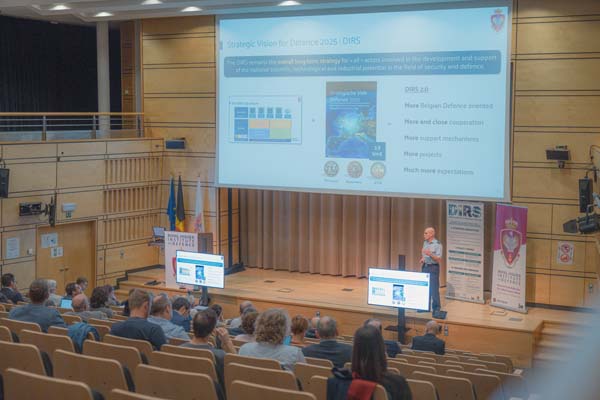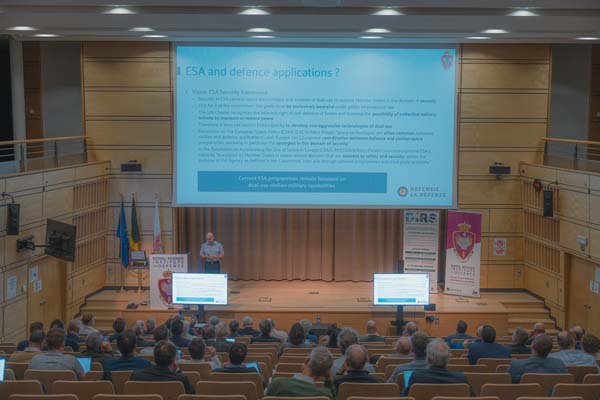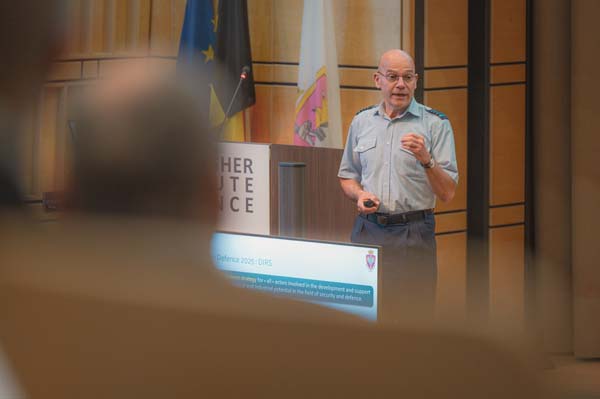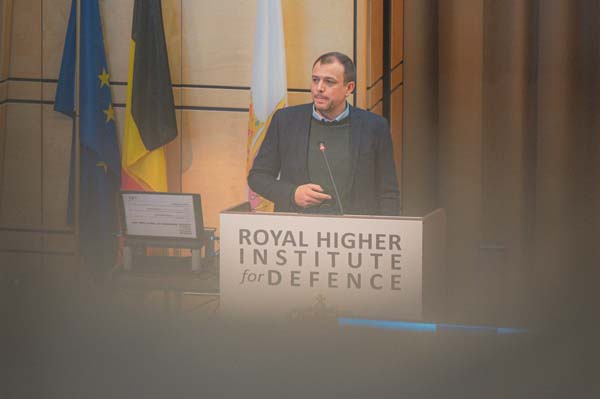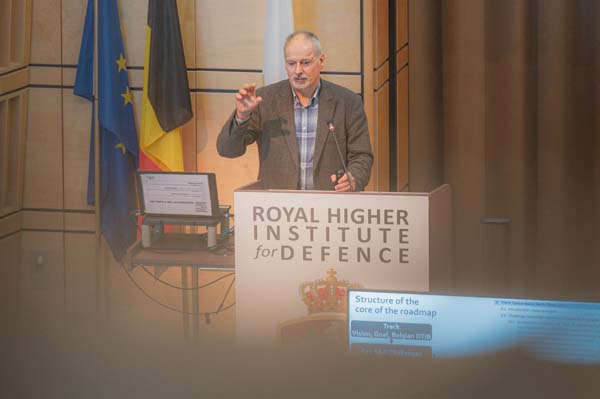
On Tuesday 14 October at the Royal Military Academy, the Royal Higher Institute for Defence (RHID) presented the Defence Technology Roadmap for the space sector.
Stakeholders in the sector (industry, research centres and universities, public institutions) actively contributed to defining the technological challenges that need to be taken up in order to develop the next generations of space systems for defence purposes.
This technology roadmap for space defence applications was developed using a methodology that provides a structured framework for technology planning adapted to the Defence, Industry and Research Strategy (DIRS) framework and enables the development of well-structured and uniform technology roadmaps in all areas. This task was entrusted to Sirris, which set up the necessary tools on behalf of the Ministry of Defence.
This method will also facilitate comparison between different technological areas and help decision-makers to set priorities and allocate resources efficiently.
The participatory approach incorporates the views of the three main stakeholders in the process:
- 1. Defence: providing information on the future needs of the Belgian defence sector in terms of capabilities and resources (the tools that enable Defence to carry out its mission) to ensure alignment with operational priorities. Defence also provided an understanding of the defence technological and industrial base (DTIB) landscape at international level, the state of the art and future prospects aligned with NATO priorities and European Defence Fund (EDF) initiatives.
- 2. Industry representatives: they highlight opportunities for strategic collaboration and strengthening Belgium’s DTIB in order to improve competitiveness and resilience.
- 3. Universities and research centres: they offer their expertise on future technologies, beyond the state of the art, that stimulate innovation and technological progress.
Three priority areas have been identified: Earth observation for intelligence purposes (Intelligence, Surveillance and Reconnaissance – ISR), monitoring of activities in space (Space Situation Awareness – SSA) and satellites in very low Earth orbit (VLEO).
These three areas are the first pillars of the roadmap. In the meantime, the entire ecosystem will continue working on the development of other chapters, particularly around navigation tools (Positioning, Navigation and Timing – PNT) and space weather.
The Ministry of Defence would like to thank the many contributors to these demanding exercises, which have helped to build a real community and set the course for the coming years.
